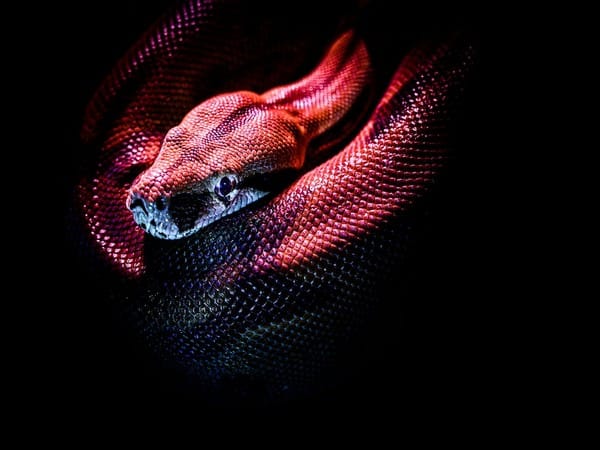Washington DC [US], July 16 (ANI): According to a new paper published in Genome Biology and Evolution by Oxford University Press, the annulated sea snake, a species of venomous snake found in ocean waters around Australia and Asia, appears to have evolved to see an extended palette of colours after its ancestors lost that ability in response to changing environments.
Animals’ colour vision is primarily determined by genes known as visual opsins. While opsin genes have been lost numerous times during the evolution of tetrapods (a group that includes amphibians, reptiles, and mammals), the emergence of new opsin genes is extremely rare. Prior to this study, the only known evolution of new opsin genes in reptiles appeared to have occurred in Helicops, a South American snake genus.
This study examined visual opsin genes in five ecologically distinct species of elapid snakes using published reference genomes. The history of elapids, a snake family that includes cobras and mambas and the annulated sea snake, provides an opportunity to study the molecular evolution of vision genes. During their dim-light burrowing phase, early snakes lost two visual opsin genes and could only perceive a limited range of colours. Some of their descendants, however, now live in brighter environments; two elapid lineages have even moved from terrestrial to marine environments in the last 25 million years.
The annulated sea snake has four intact copies of the opsin gene SWS1, according to the researchers. Two of these genes have ancestral ultraviolet sensitivity, and two have evolved a new sensitivity to the longer wavelengths that dominate ocean habitats. The study’s authors believe that this sensitivity may provide the snakes with better colour discrimination to distinguish predators, prey or potential mates against colourful marine backgrounds. This is dramatically different from the evolution of opsins in mammals like bats, dolphins, and whales during ecological transitions; they experienced further opsin losses as they adapted to dim light and aquatic environments.
“The earliest snakes lost much of their ability to see colour due to their dim-light burrowing lifestyle,” said the paper’s lead author Isaac Rossetto. “However, their sea snake descendants now occupy brighter and more spectrally complex marine environments. We believe that recent gene duplications have dramatically expanded the range of colours sea snakes can see. For reference, we humans have a similarly expanded sensitivity to colours, while cats and dogs are partially colour-blind much like those early snakes.” (ANI)
This report is auto-generated from ANI news service. ThePrint holds no responsibility for its content.






